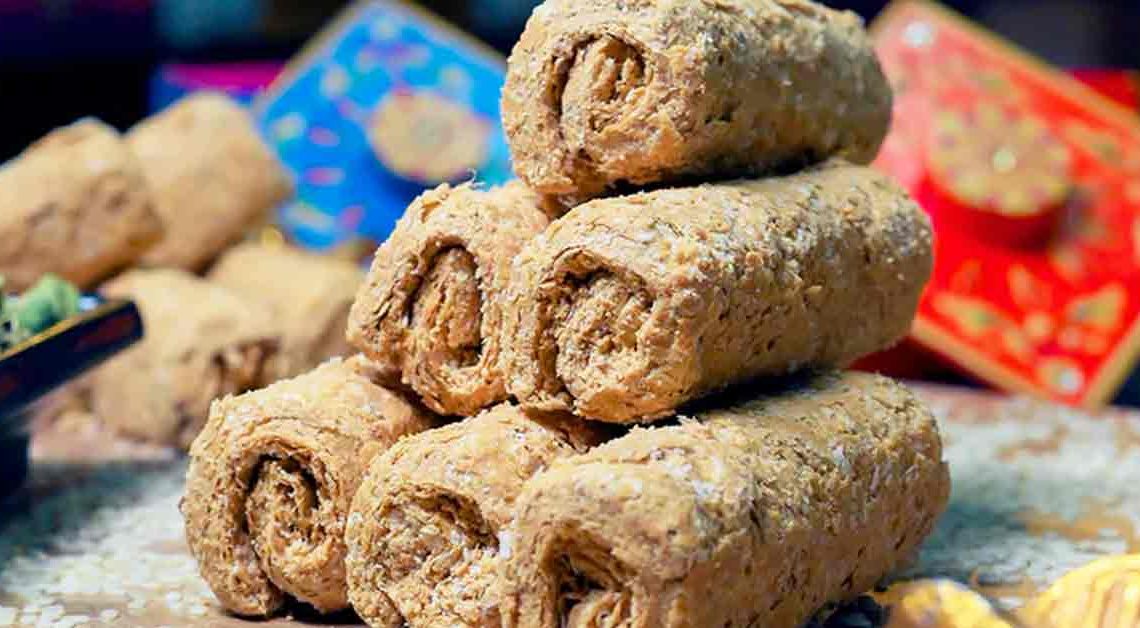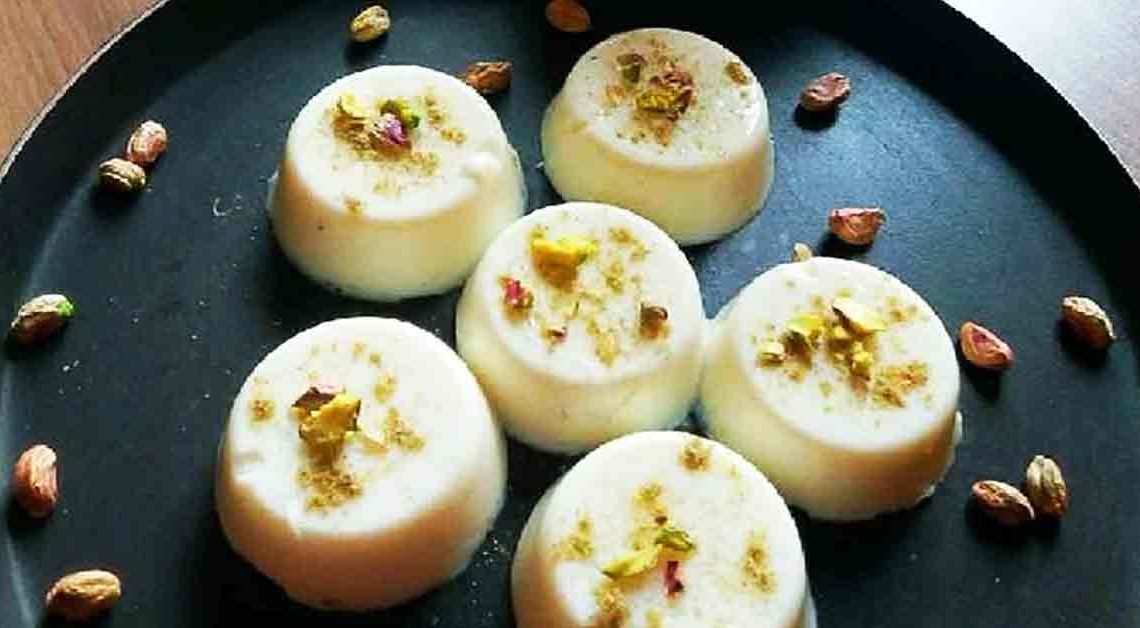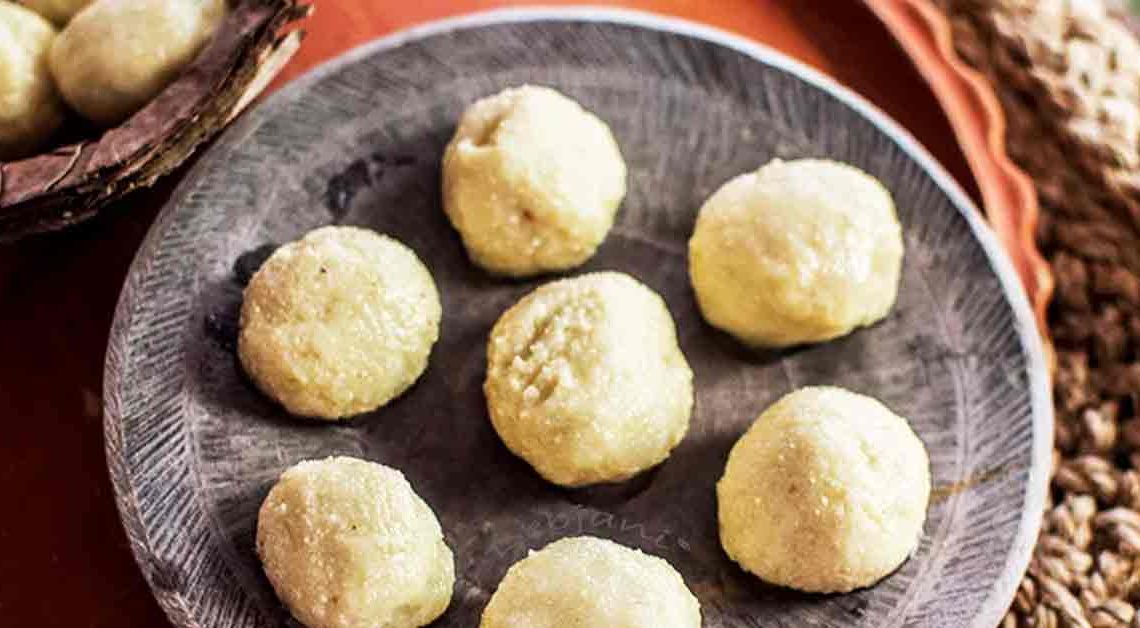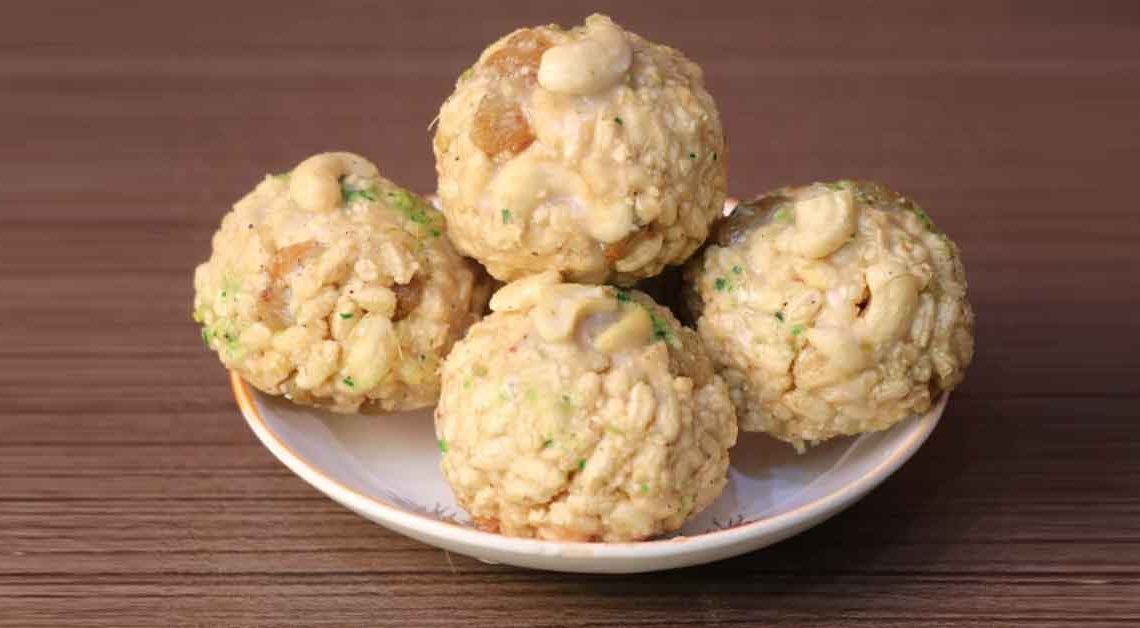Fireside Treats: Gajak Roll Inspirations for the Winter Season

Welcome to the delectable world of flavors on Mithainama where tradition meets innovation – introducing the tantalizing delight of our latest culinary creation: Fireside Treats: Gajak Roll. Embark on a journey with us as we unravel the rich tapestry of Indian sweets, reimagined in a modern, rollable twist that will leave your taste buds dancing with joy.
Imagine the perfect marriage of timeless tradition and contemporary culinary creativity, all wrapped up in a delightful Gajak Roll. We’ve taken the classic gajak, a beloved winter treat, and transformed it into a portable, irresistible indulgence. Picture luscious layers of thinly rolled gajak, enveloping a symphony of textures and flavors. Crunchy jaggery-infused nuts meet velvety sesame and jaggery fillings, creating a harmony that elevates this sweet sensation to new heights.
Get ready to tantalize your taste buds, awaken your senses, and embark on a culinary adventure like no other with our Gajak Roll journey. Let the roll revolution begin!
Origin of Gajak Roll
The origin is rooted in the rich culinary heritage of India, where traditional sweets have been cherished for centuries. Gajak, a sweet confection made primarily from sesame seeds or peanuts and jaggery, has been a winter delicacy enjoyed across the country. The idea of transforming this timeless treat into a rollable form is a culinary innovation that pays homage to tradition while adding a contemporary twist.
The concept of rolling gajak may have emerged from a desire to enhance the eating experience and make it more convenient for modern lifestyles. By thinly rolling out the gajak, a delightful fusion of textures and flavors is achieved, creating a portable and visually appealing treat.
Innovative minds in the culinary world have likely experimented with different variations and combinations, leading to the birth of the Gajak Roll. The evolution of this delightful creation speaks to the adaptability of Indian cuisine and the continuous quest for reinventing classics.
History of Gajak Roll
While the specific history of the Gajak Roll may not be extensively documented, its roots can be traced back to the traditional Indian sweet known as Gajak. Gajak itself has a rich history, deeply embedded in the culinary traditions of North India. Originating from regions like Punjab and Uttar Pradesh, Gajak has been a winter delicacy for generations.
Gajak is traditionally made by combining jaggery or sugar with sesame seeds or crushed peanuts. The mixture is then set into thin, crisp sheets, offering a delightful blend of sweetness and nutty flavors. The creation seems to be an innovative extension of this classic sweet.
The evolution likely emerged from a desire to present Gajak in a more convenient and visually appealing form. By rolling out the thin sheets of Gajak and incorporating various textures and fillings, the Gajak Roll became a modern reinterpretation of the traditional treat.
Cultural Significance
It carries significant cultural importance as it seamlessly blends traditional flavors with a modern twist, becoming more than just a culinary delight—it becomes a symbol of innovation and adaptation within Indian culture. Here are some aspects of its cultural significance:
Celebration and Festivals: Gajak and its rolled counterpart are often associated with festivals and special occasions, particularly during the winter months. The sweet flavors and rich textures make it a popular choice for celebrations such as Makar Sankranti, Lohri, and other regional festivals, adding sweetness to joyous occasions.
Culinary Evolution: It represents the evolution of traditional recipes in response to changing lifestyles and culinary preferences. It showcases how age-old sweets can be reimagined, appealing to a younger generation while preserving the essence of cultural heritage.
Regional Diversity: Different regions in India have their own variations of Gajak, reflecting the diverse culinary landscape of the country. The Gajak Roll, with its potential for creativity and innovation, can be adapted to incorporate regional ingredients and flavors, making it a versatile representation of cultural diversity.
Where is Gajak Roll Famous?
It may not be widely recognized as a specific or famous dish. Traditional Gajak, made from ingredients like sesame seeds, jaggery, and nuts, is a popular sweet in North India, particularly in regions like Punjab, Uttar Pradesh, and Rajasthan during winter festivals like Makar Sankranti and Lohri.
However, the concept of transforming traditional sweets into innovative variations, including rolled forms, is a trend that can gain popularity in various parts of India and among culinary enthusiasts globally. The evolution and fame of specific dishes can change over time as culinary trends evolve.
It has gained prominence after my last update, especially as a distinct and recognized dish, it would be advisable to check the latest sources for information on its current popularity and where it is particularly famous. Keep in mind that food trends can vary, and new dishes may emerge and gain popularity in different regions over time.
Interesting Facts and Trivia
While the specific concept of the Gajak Roll may not have an extensive history, traditional Gajak and its ingredients do. Here are some interesting facts and trivia related to Gajak and its potential rolled variations:
- Gajak, from which it likely originated, is a popular treat during winter festivals in North India, such as Makar Sankranti and Lohri. These festivals celebrate the harvest season and the arrival of longer days.
- The making of Gajak dates back centuries, and it is believed to have originated in regions like Punjab and Uttar Pradesh. The combination of jaggery or sugar with sesame seeds or peanuts showcases the use of locally available ingredients.
- The thin layers of Gajak in the rolled form create a unique texture, combining the crunchiness of nuts and seeds with the velvety sweetness of jaggery or sugar. This fusion of textures and flavors adds to the appeal of the Gajak Roll.
- It can be filled with a variety of ingredients, such as crushed nuts, dried fruits, or even a touch of spice. This versatility allows for endless variations, making it a canvas for culinary experimentation.
- Gajak, and by extension, it plays a significant role in cultural celebrations and rituals. The act of sharing sweets during festivals is a tradition that symbolizes joy, warmth, and togetherness.
Did You Know?
- Did you know? The Gajak Roll, a delightful twist on the classic Indian sweet, not only tantalizes your taste buds but also brings along a host of health benefits!
- Packed with sesame seeds, nuts, and jaggery, it is a nutrient powerhouse. Sesame seeds are rich in iron, calcium, and zinc, while nuts contribute healthy fats, protein, and essential vitamins.
- Traditionally enjoyed during winter festivals, it provides a natural boost during colder months. Sesame seeds and jaggery are known to generate heat in the body, aiding in maintaining warmth and energy levels.
- The combination of complex carbohydrates from jaggery and the energy-dense nuts makes it an excellent energy booster. It’s a quick and delicious source of vitality for that much-needed pick-me-up.
- It often include a variety of nuts, contributing essential vitamins like vitamin E, B-complex vitamins, and minerals such as magnesium and phosphorus. These play crucial roles in supporting overall health.
- Nuts, especially almonds and walnuts, are known for their brain-boosting properties. The Gajak Roll, enriched with these nuts, can contribute to cognitive function and mental well-being.







